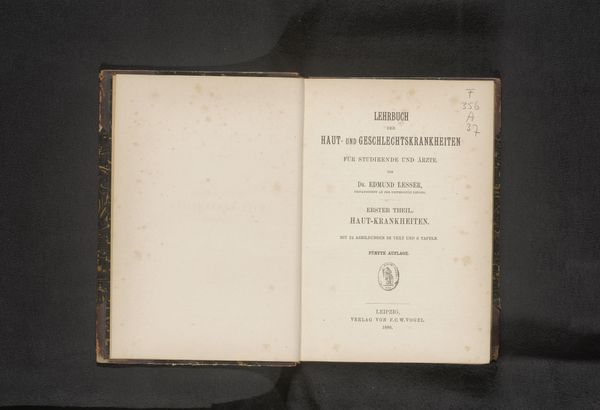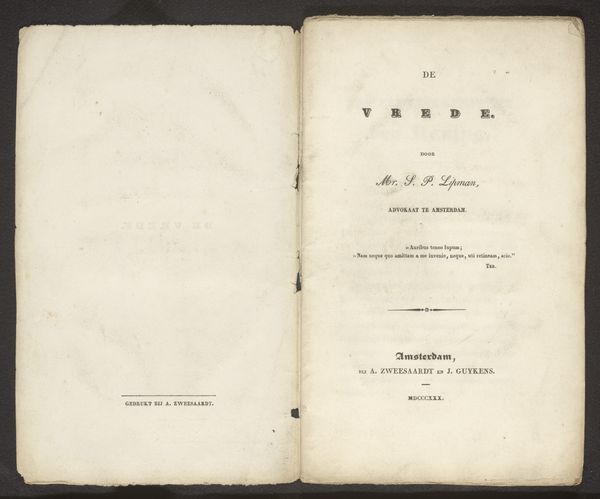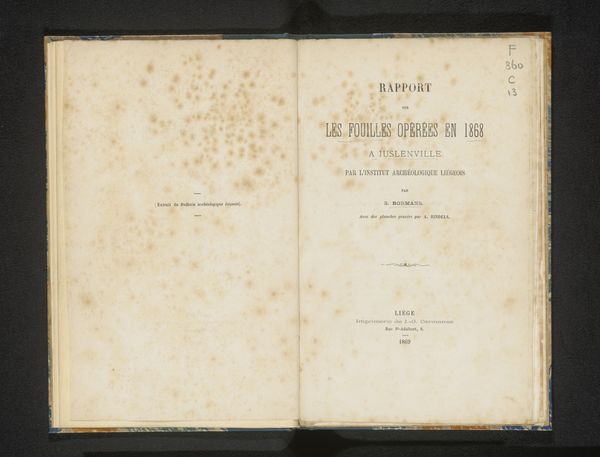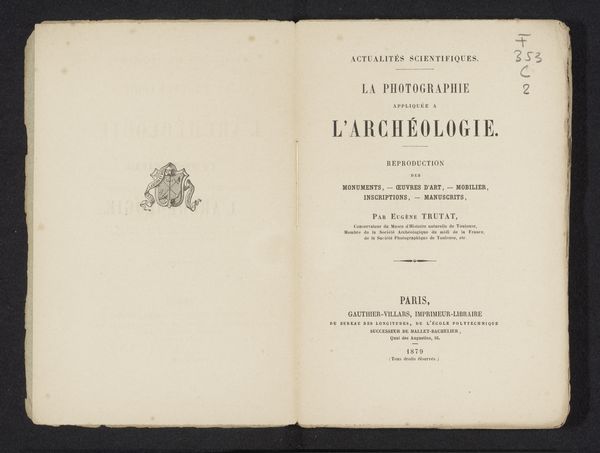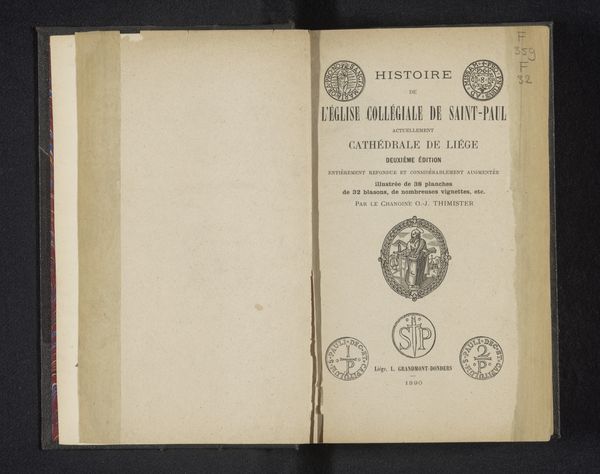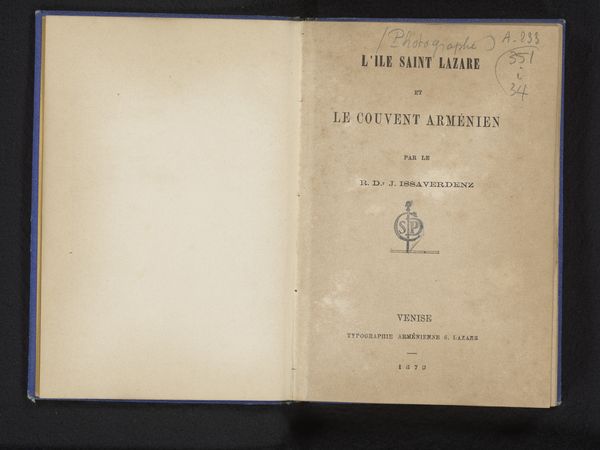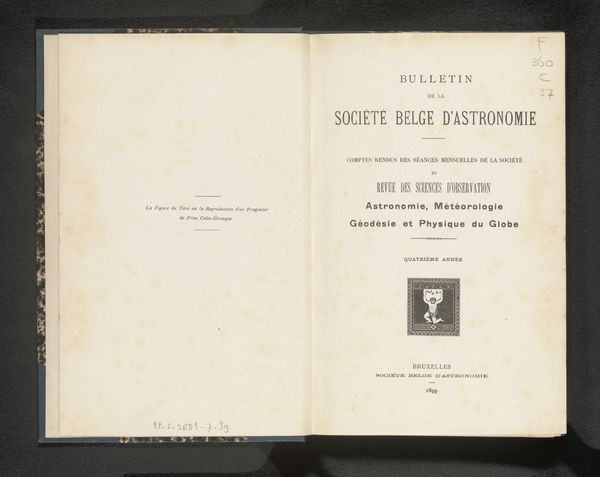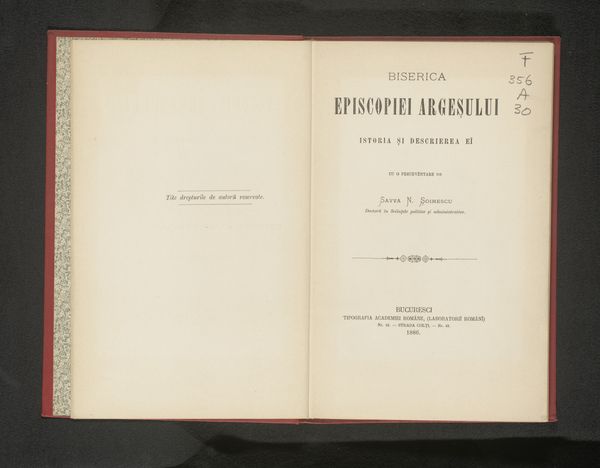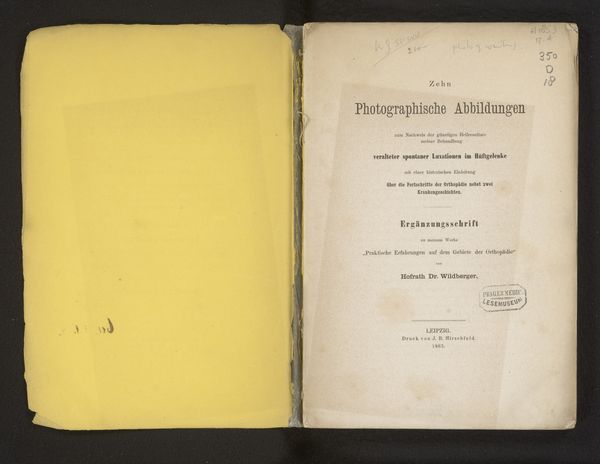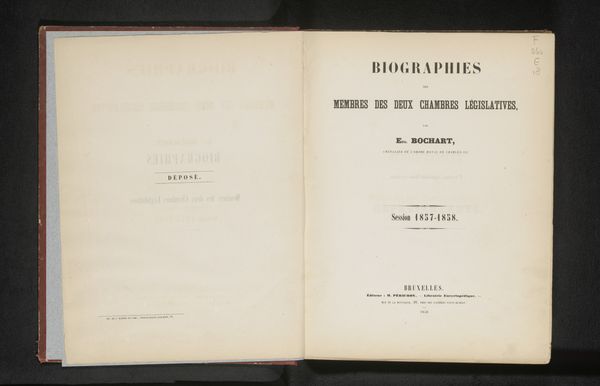
print, textile, photography
#
byzantine-art
# print
#
textile
#
photography
#
calligraphy
Dimensions: height 131 mm, width 94 mm
Copyright: Rijks Museum: Open Domain
Curator: Let’s turn our attention to this interesting piece. What we have here is a photographic reproduction of a manuscript page, thought to be from before 1877, by an artist known as G. Kunevim. It’s an intriguing intersection of photography, printmaking, and textile elements, emulating the aesthetics of Byzantine calligraphy. What are your initial impressions? Editor: It’s quite captivating. The immediate impression is one of layered history. The page gives the impression of an artifact—its distressed paper surface suggests a fragile, enduring quality, echoed by the formal layout. There is something pleasingly rigorous and elegant in its construction. Curator: The image presents a dialogue between different modes of production: traditional manuscript culture and the emerging technology of photography. We have calligraphy which implies laborious handcraft, reproduced as a print and photography onto a textile that allows for mass distribution. Editor: Yes, and within that duality lies the visual tension. The Byzantine style, so evocative of hand-rendered details, is flattened by the photographic reproduction. The composition relies on contrasts between densely inked areas of lettering with textured negative space and border decorations. Curator: Think about the context! The choice to reproduce this manuscript via photography meant that the artwork became divorced from any monastic community that may have been tied to the creation of these original manuscripts. What do you think about this relationship between original object and mass reproducibility? Editor: That’s where the piece truly intrigues. In some sense the material transformation allows an aesthetic experience which has an egalitarian impulse—making historical cultural productions of a more rarified status accessible to many. I do find myself pulled back to the balance of its composition: that pale inset image framed by Russian script almost forming another frame within the whole. It draws me back into its depths. Curator: I agree. Seeing the intersections of production—how handmade techniques transform when they get digitized opens our appreciation for both original artistry and transformative new production technologies that redefine how audiences view these items. Editor: Indeed. Looking closer at the Byzantine calligraphic forms—one sees those echoed shapes and patterns playing within all the framing that organizes this fascinating manuscript page that one might have overlooked at first glance.
Comments
No comments
Be the first to comment and join the conversation on the ultimate creative platform.
